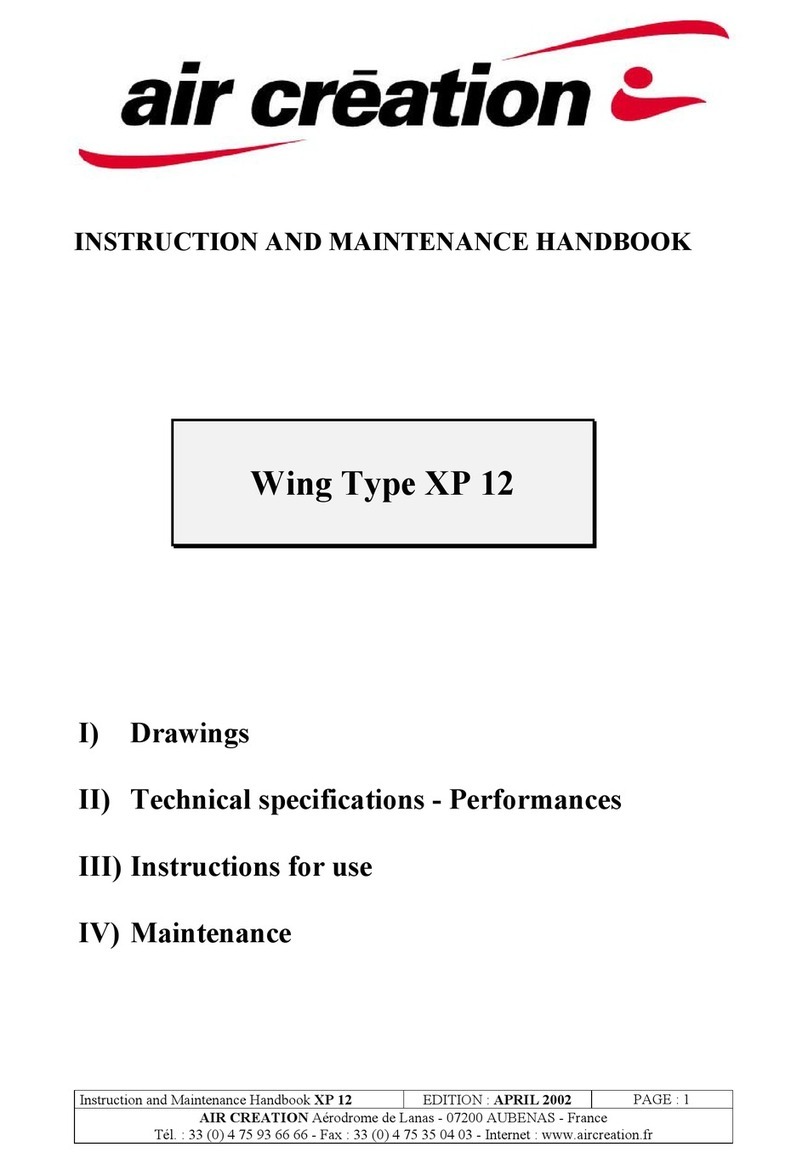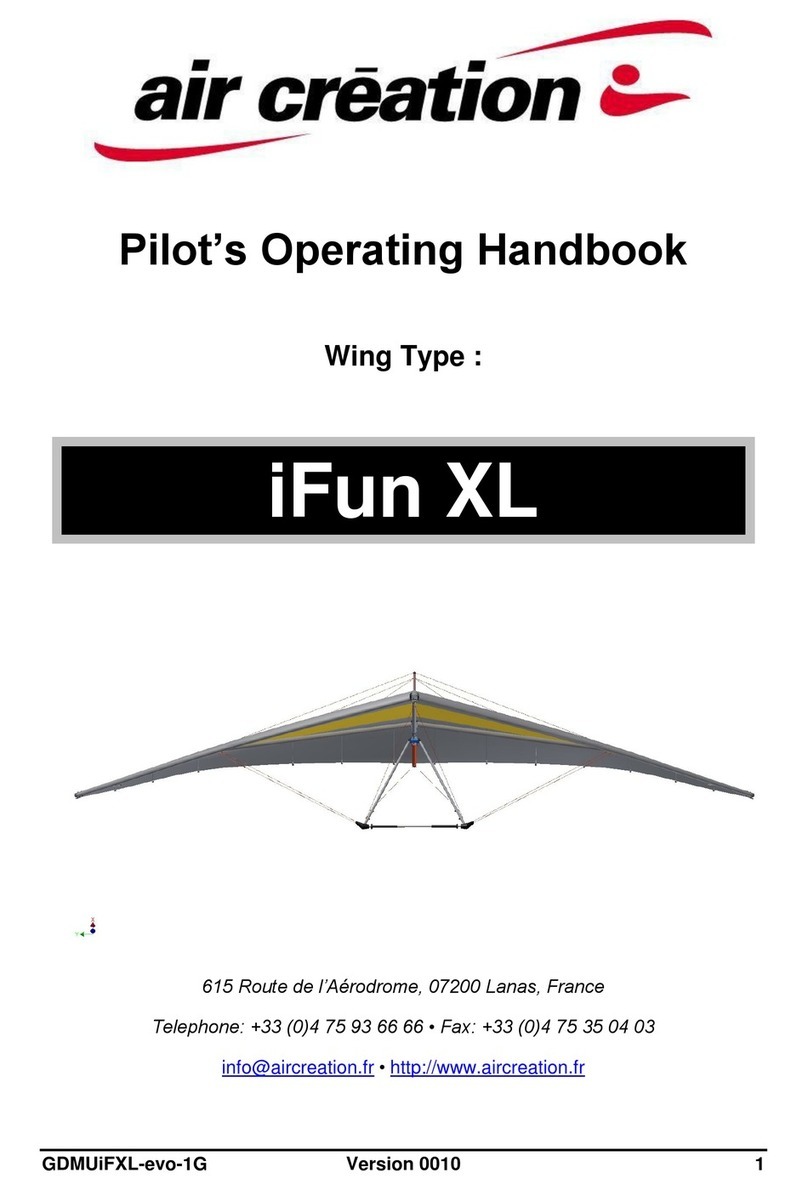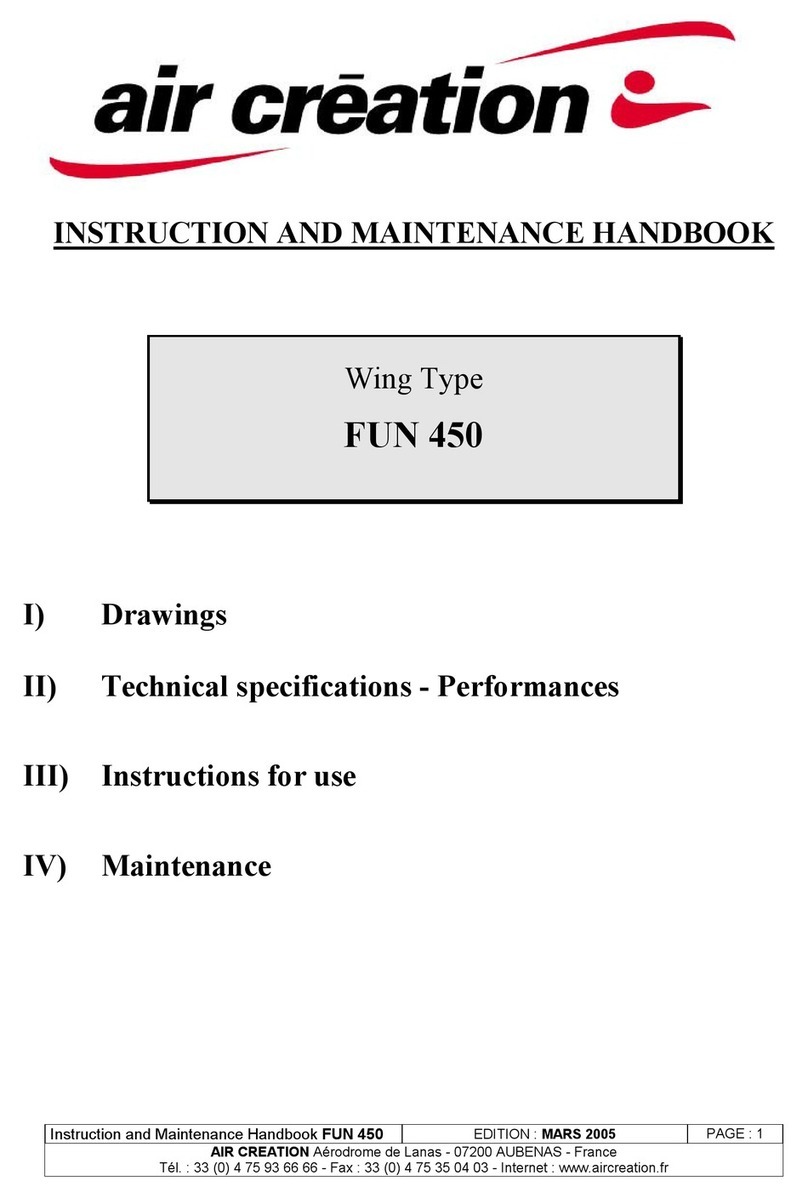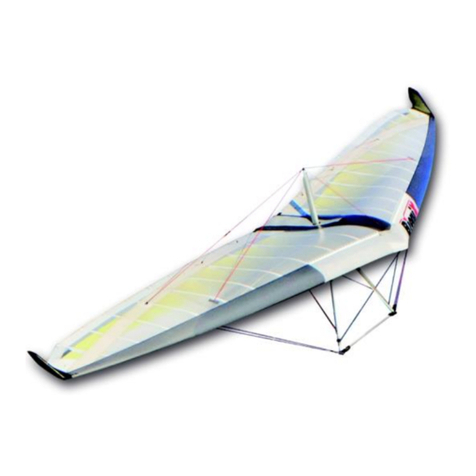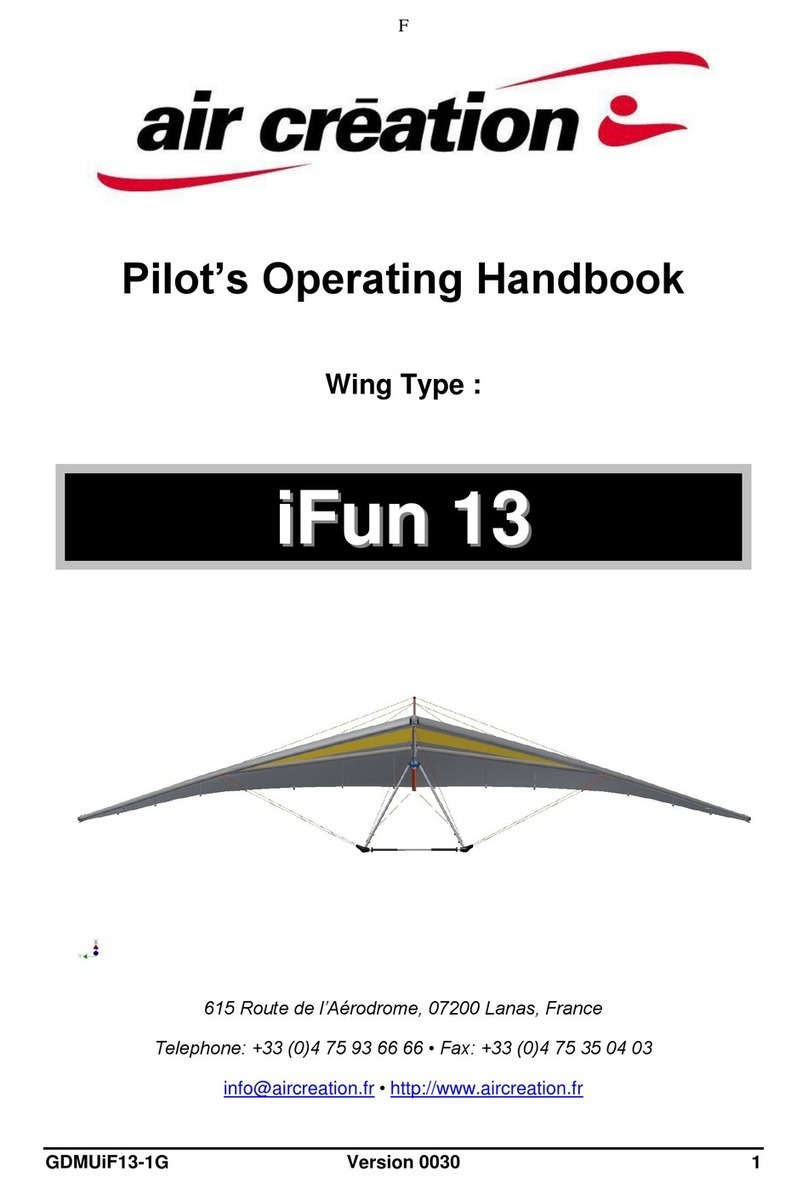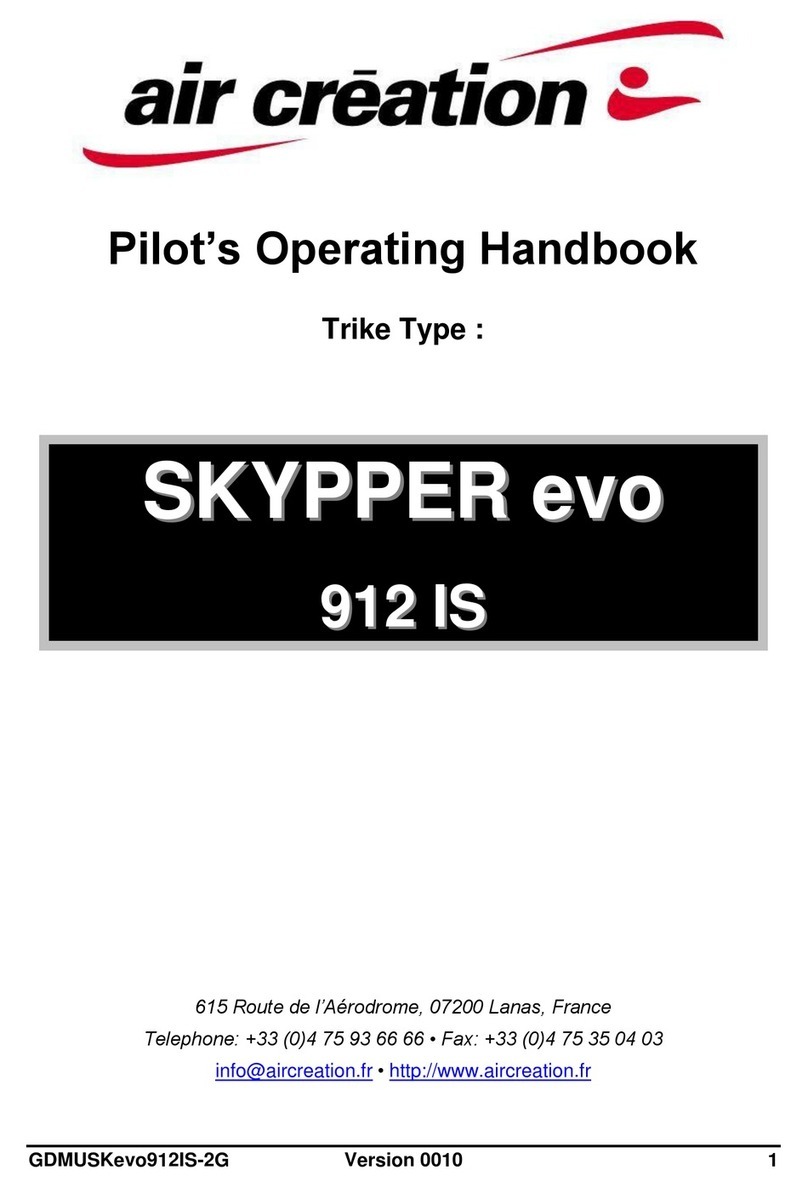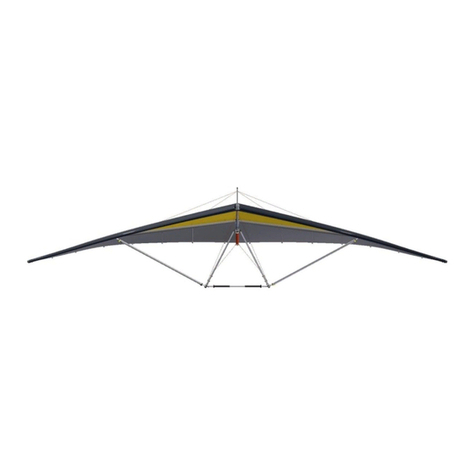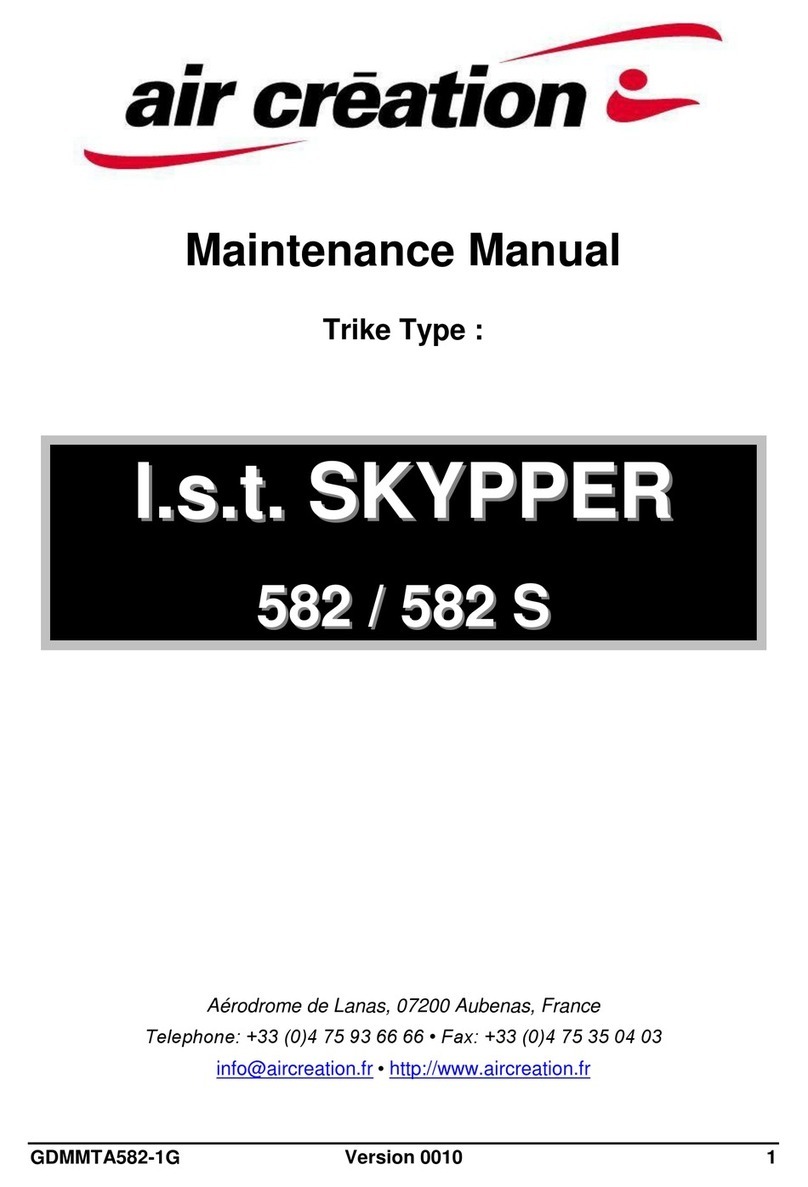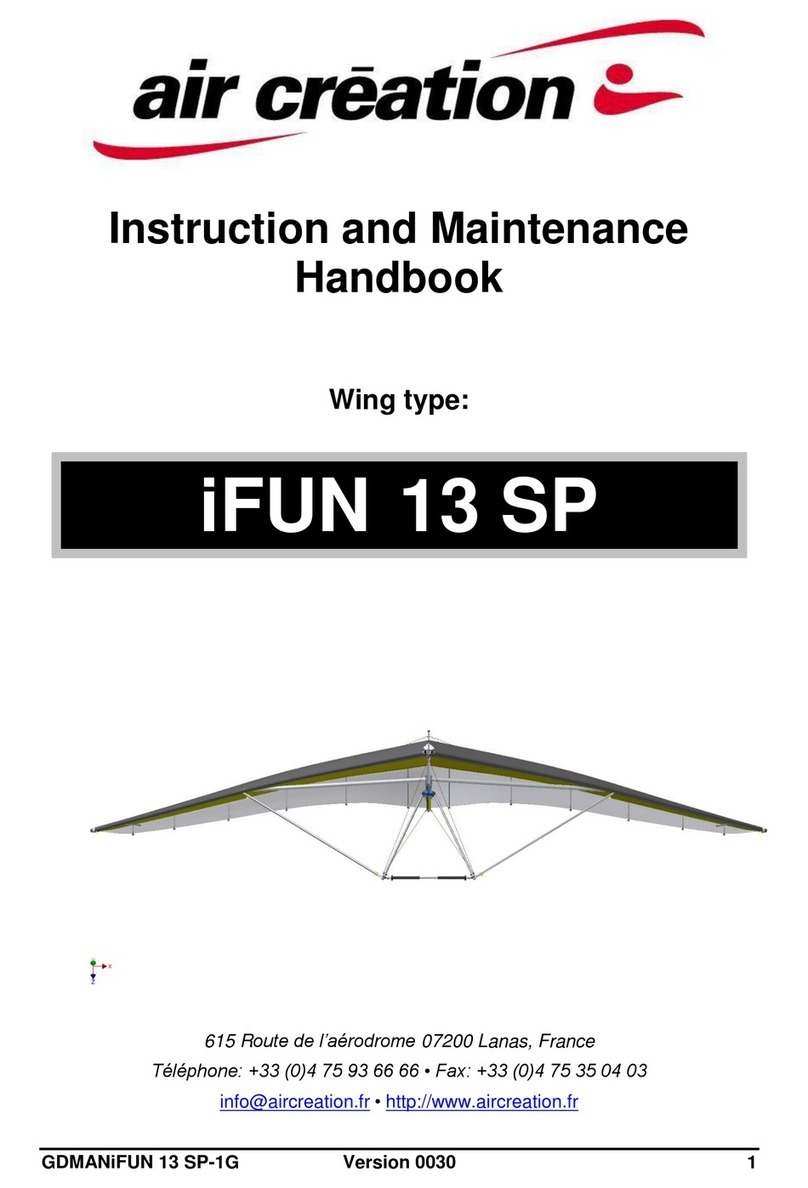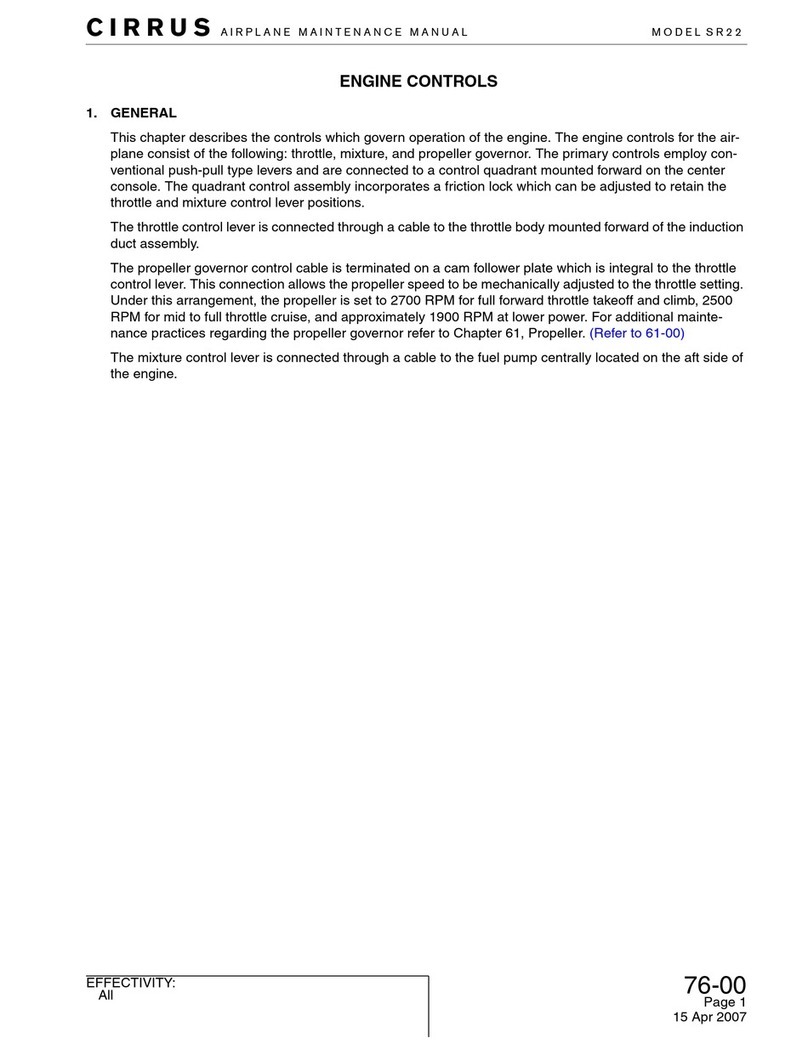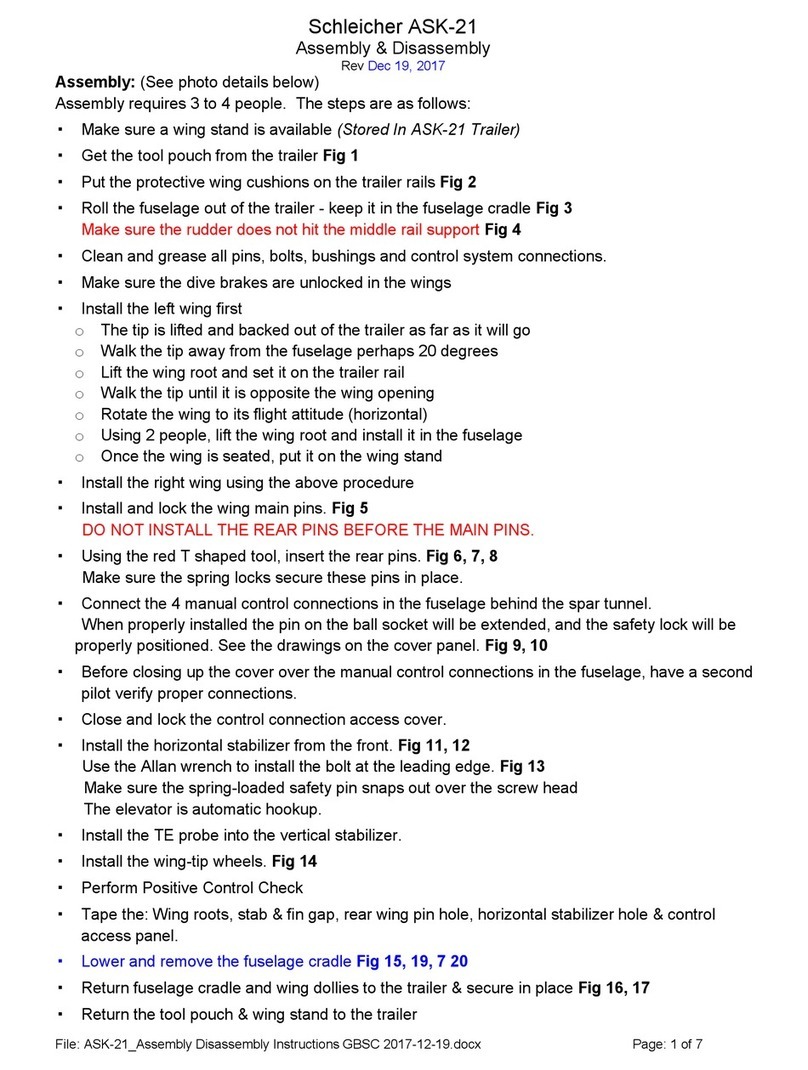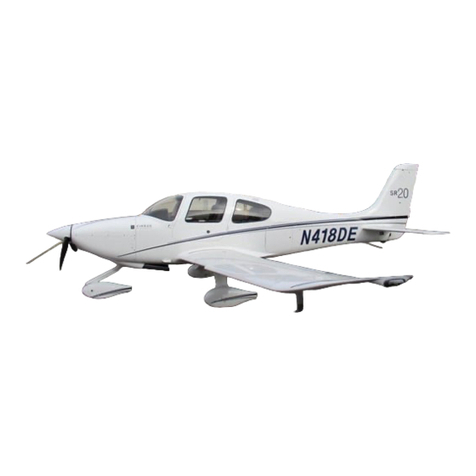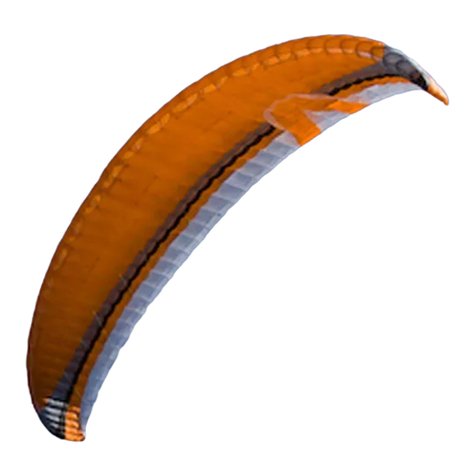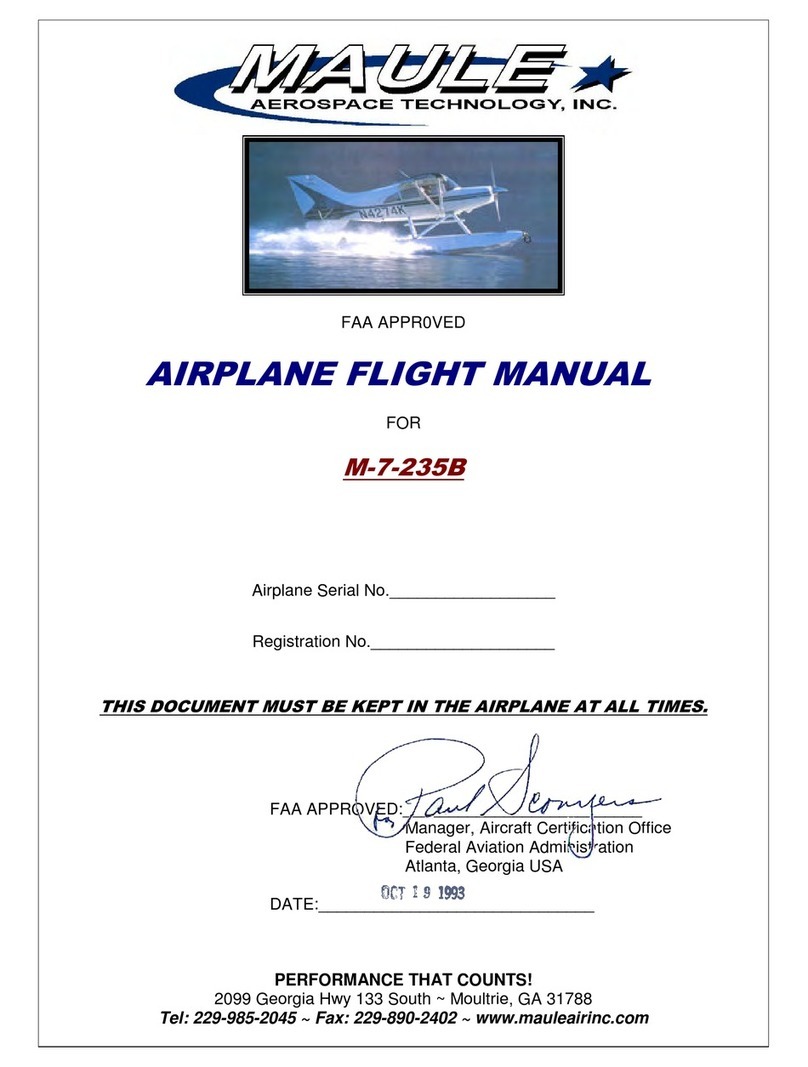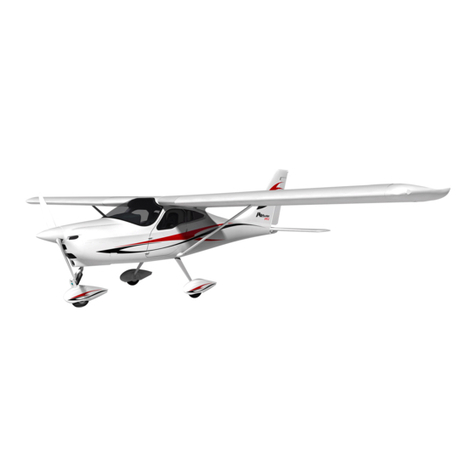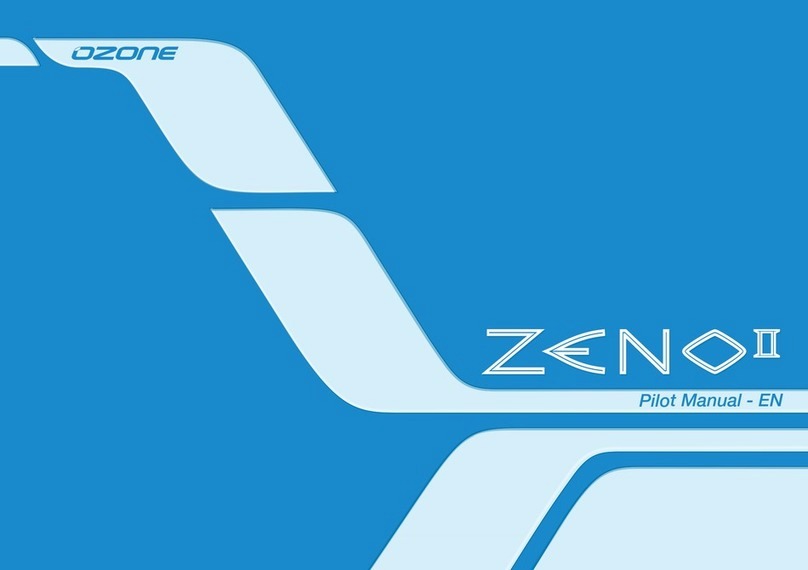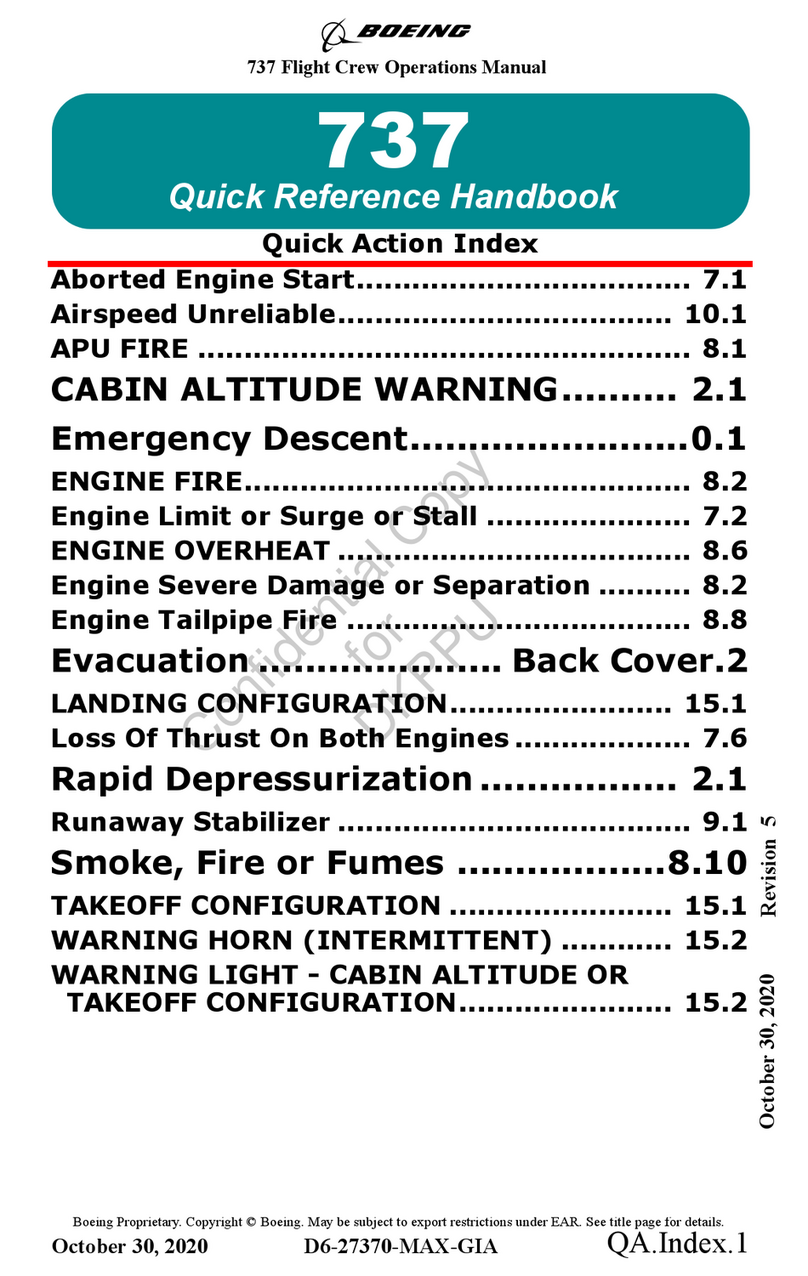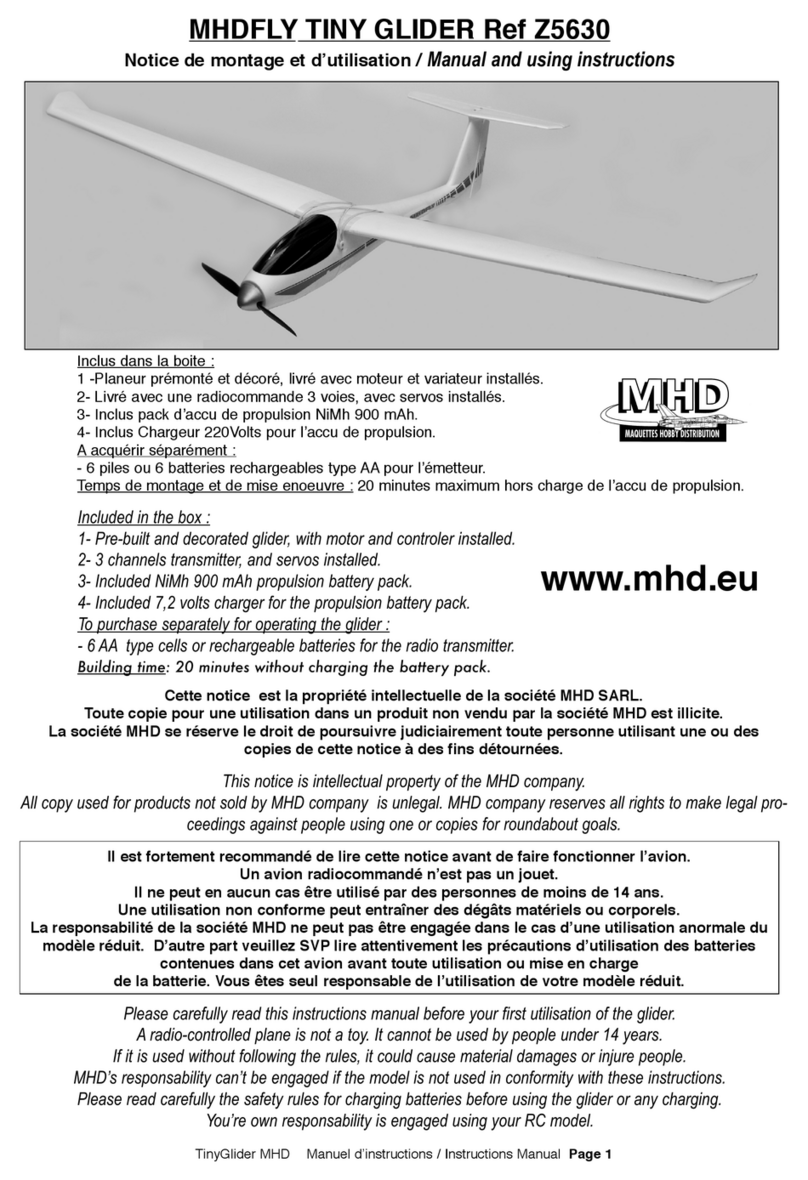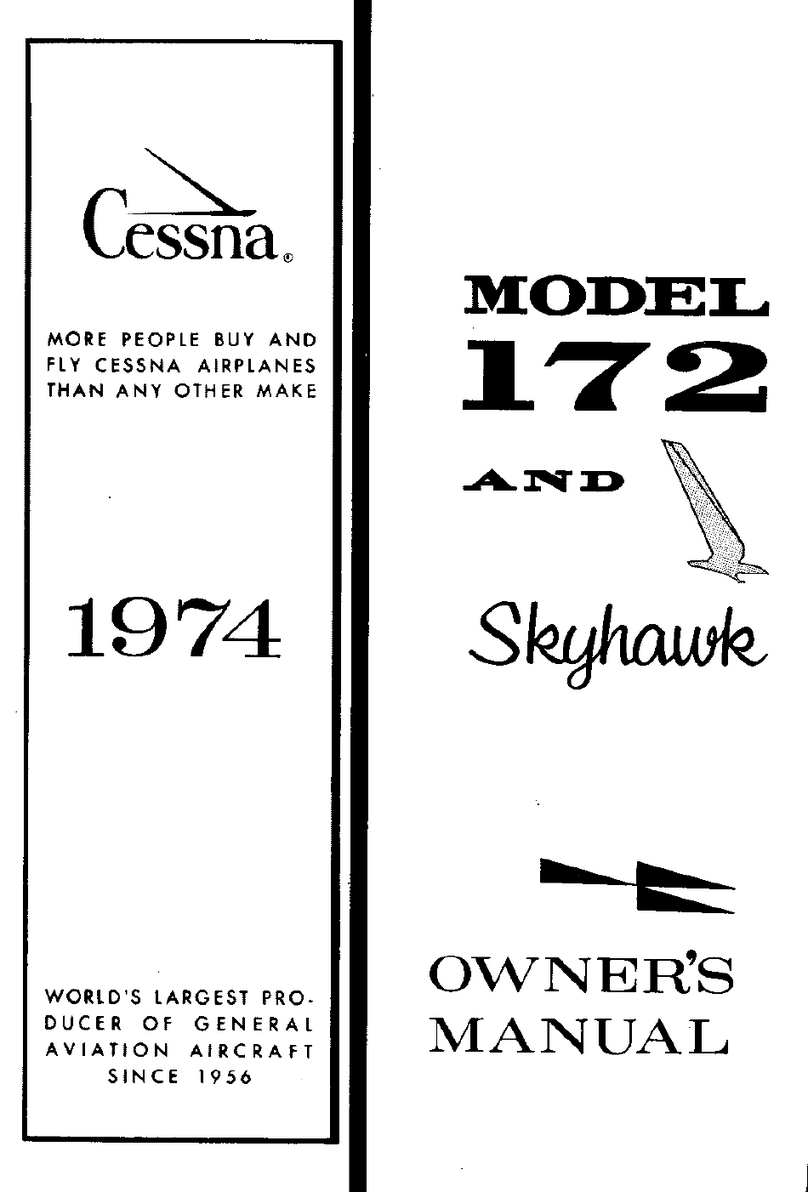GDMMBi²13-1G Version 0010 2
1 Table of Contents
1Table of Contents................................................................... 2
2Amendment Record Sheet .................................................... 4
2.1 Table of Amendments.......................................................................... 4
2.2 Amendments........................................................................................ 4
3Introduction............................................................................ 5
3.1 Skills..................................................................................................... 5
3.2 Tools .................................................................................................... 5
3.3 Air Creation Directives ......................................................................... 6
3.4 Units..................................................................................................... 6
3.4.1 Use of Metric/Imperial Units...................................................................................6
3.5 Main Airframe Description.................................................................... 6
3.5.1 Keel ........................................................................................................................6
3.5.2 Nose Plates............................................................................................................7
3.5.3 U-Bracket................................................................................................................7
3.5.4 King Post................................................................................................................7
3.5.5 Tensioning U-channel ............................................................................................7
3.5.6 Control Frame.........................................................................................................7
3.5.7 Leading Edge .........................................................................................................8
3.5.8 Cross Bars..............................................................................................................8
3.5.9 Battens ...................................................................................................................8
3.5.10 Top and Bottom Side Wires ...................................................................................8
3.5.11 Top and Bottom Front-Back Wires.........................................................................8
3.5.12 Reflex Bridles .........................................................................................................8
3.5.13 CORSET.................................................................................................................9
3.5.14 Sail..........................................................................................................................9
3.5.15 Tip Fins...................................................................................................................9
3.5.16 Special purpose equipment....................................................................................9
3.6 Assembling from Shipping Crate........................................................ 10
3.6.1Reassembly Guide...............................................................................................10
3.7 Ground Handling................................................................................ 12
3.8 Transportation & Storage................................................................... 12
4Maintenance Checks............................................................ 13
4.1 General .............................................................................................. 13
4.2 Time Limits......................................................................................... 13
4.3 Scheduled Maintenance..................................................................... 14
4.3.1 Wing Maintenance Schedule................................................................................14

